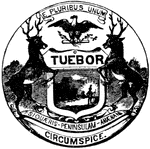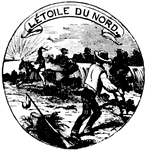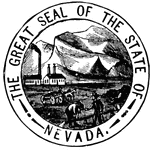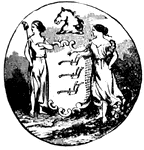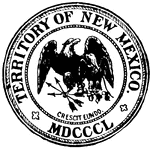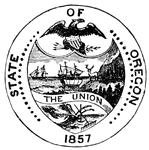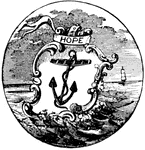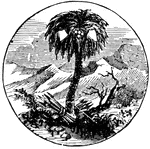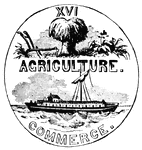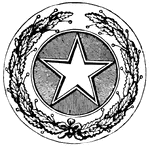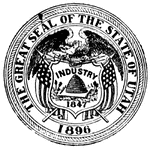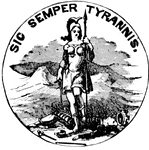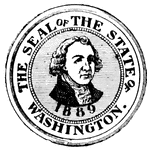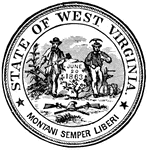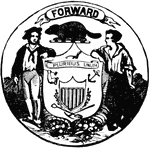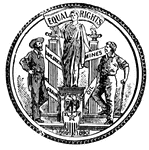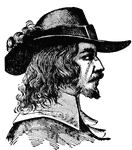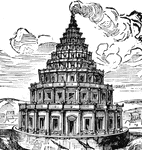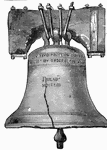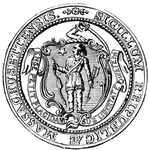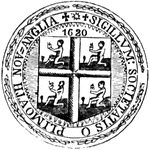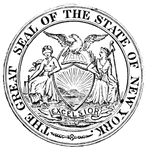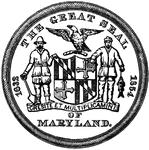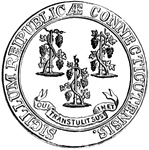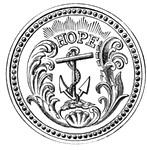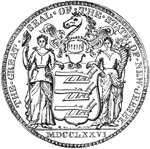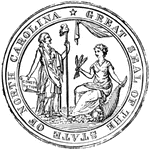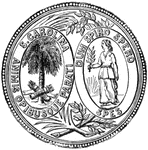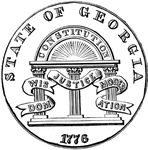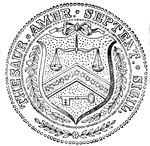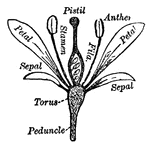
Pennsylvania Seal
Seal of the commonwealth of Pennsylvania, 1904. Motto: Virtue, Liberty, Independence.

Seal
The seal is an aquatic mammal, whose limbs are formed into flippers. The tail tapers at the end of the…

Solomon's Seal Root
In some perennial herbs, prostrate stems or branches underground are thickened with this store of nourishment…

Manhattan Island Before the Dutch Settlement
Native American dwellings on Manhattan Island, before the Dutch settlement

Juan Ponce de Leon
One of the companions of Columbus on his second voyage. concuered the island of Porto Rico from Spain.
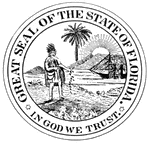
Florida Seal
The former Great Seal of Florida, featuring an indian, palm tree, the sun, and some uncharacteristic…
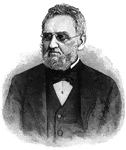
William Jewett Tenney
Born in Newport, Rhode Island in 1814; died in Newark, N.J., Spet. 20, 1883. Completed Benton's "Abridgment…

Interior View of Fort Beauregard
Fort Beauregard, at Bay Point, on the point opposite Fort Walker, was built of sand and palmetto logs…

Fort Hatteras
View of the camp of the twentieth Indiana Regiment; also of Fort Hatteras and the anchorage at Hatteras…

Fort Pulaski
Fort Pulaski, on Cockspur Island at the entrance to the Savannah River, Georgia, was built by the United…
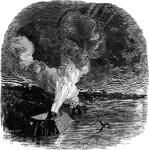
Siege of Island
"Siege of Island No. 10, on the Mississippi River- night bombardment by the Federal mortar boats, ten…

Craney Island
"Blowing up the Confederate forts on Craney Island, by Commodore Goldsborough, June 2nd 1862." —…

Bombardment of Island No. 10
"Bombardment of Island No. 10 and the fortifications opposite, on the Kentucky Shore, by the Federal…
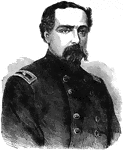
Edward Ferrero
"General Edward Ferrero was born in Granada, Spain, January 18th, 1831. His parents were Italian, and…
